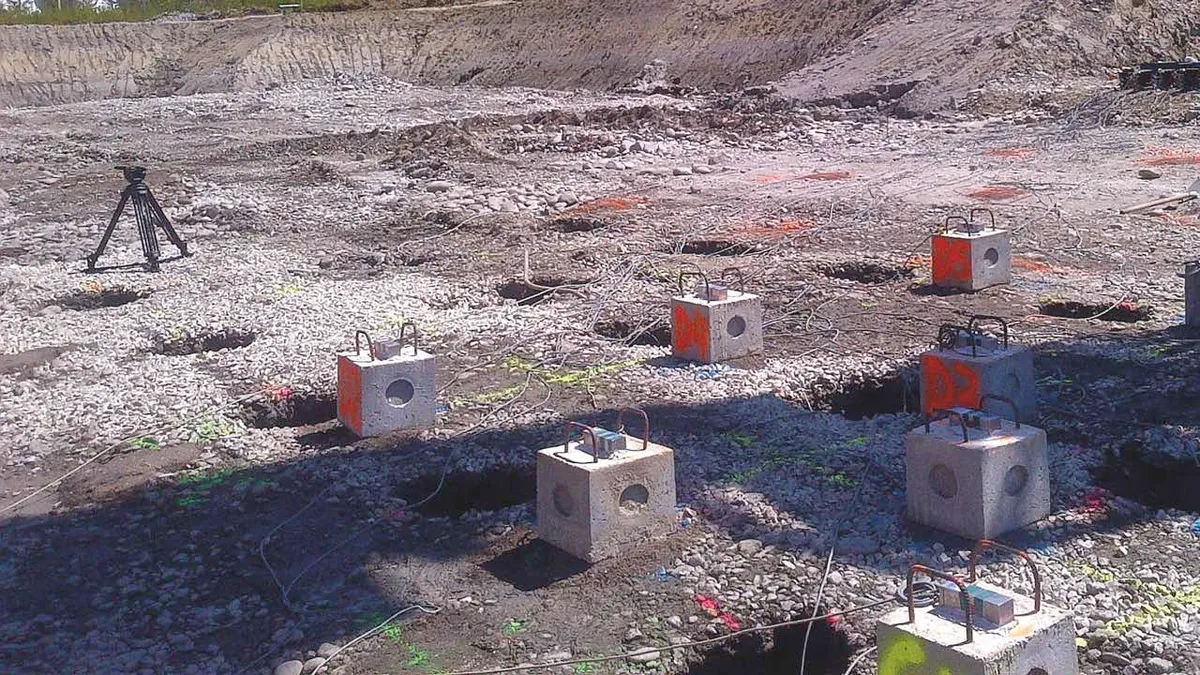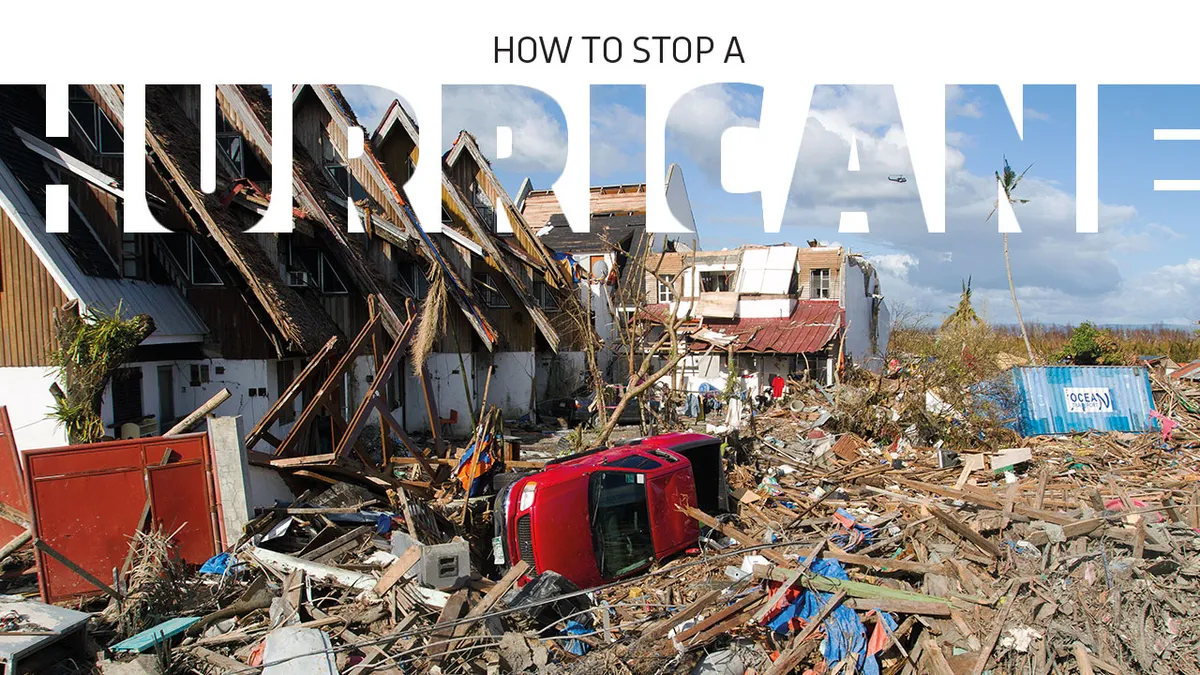As the planet’s population becomes more urbanised and the number of people living in megacities in earthquake zones grows, the threat from seismic activity rises. Sofar this century, earthquakes have taken 750,000 lives, and it’s only a matter of time before a single quake causes a million deaths.
Seismologists have been trying to predict earthquakes for more than 50 years and are no closer today. It would solve all our problems, however, if we could just stop them happening.
One possible way of doing this would be to pump water into a fault so that it lubricated the fault plane, allowing it to move more easily and frequently. This would generate small, non-damaging quakes, rather than storing up all the strain for a ‘big one’.
Fault lubrication is, however, largely untested and hit-and-miss. Stopping earthquakes in this way is clearly a long way off, and may never be feasible at all.
But there is another way of using tech to protect buildings, and that is by shielding them from damaging seismic waves. Leaders in this field are Dr Sébastien Guenneau at Marseille’s Fresnel Institute and Dr Stéphane Brûlé at the geoengineering company Ménard.
In 2012, at the foot of the French Alps, they drilled a line of boreholes arranged in such a way that the properties of the soil were changed so that incoming earthquake waves would be reflected.
By generating artificial earthquake waves using a piece of ground-vibrating kit, they were able to demonstrate that seismic energy crossing the line of boreholes was slashed by up to 80 per cent.

Guenneau, Brûlé and co-workers propose that modifying the density and other properties of the soil around a building could form a shield that stops potentially destructive seismic waves from reaching it.
And that isn’t the end of it. While Guenneau admits that the seismic waves reflected by the shield could be a problem, damaging any buildings that lie in their path, he tantalisingly goes on to reveal that “we have looked at an alternative solution – so called invisibility cloaks for seismic waves”.
There has been plenty of research in recent years on cloaking devices that seek to make people or objects invisible bybending the light around them, but could this work for earthquake waves?
Guenneau thinks it can, and already has the theory worked out. He believes that judiciously placed concrete pillars dug into the soil could act as an effective seismic cloak, and might only need some modification in the design of building foundations.
But according to Guenneau, there is an environmentally friendly way too. “I have been involved in some work on the conversion of Rayleigh waves into downward-propagating shear waves, thanks to a forest of trees of varying heights,” he says.
Rayleigh waves travel close to Earth’s surface rather than through the deep interior, and are some of the most destructive of all seismic waves. If specially planted forests, like the ones Guenneau is experimenting with, can transform the Rayleigh waves into a less destructive type of wave and divert them down into the ground, then they provide the perfect green solution: a seismic cloak that protects buildings and sucks carbon out of the atmosphere.
On the grandest of scales, future cities could be designed to control the passage of seismic waves through them. Seismic energy travelling through an urban space can be increased or reduced as a consequence of the form and arrangement of skyscrapers.
According to a recent paper by Brûlé, Guenneau and others, specially designed curved streets or blocks of buildings could guide incoming seismic waves so they are directed around sensitive areas in the city, such as power plants, hospitals, stadiums and schools.
There is still a lot of research needed before these techniques can be used to protect against real earthquakes, but if they prove to be successful then the implications are huge.
How it works
Managed forests could make earthquakesless destructive

- A barrier of trees is planted between the building or facility to be protected and the likely earthquake source.
- Tree height is managed so that the forest takes on a wedge shape, with the highest trees closest to the potential seismic source and tree height gradually decreasing away from this.
- When an earthquake takes place, potentially destructive Rayleigh waves are generated, which travel close to the surface.
- The forest resonates in response to the arrival of the Rayleigh waves, converting them into less destructive shear waves which travel down into the Earth’s interior where they can do no harm.



